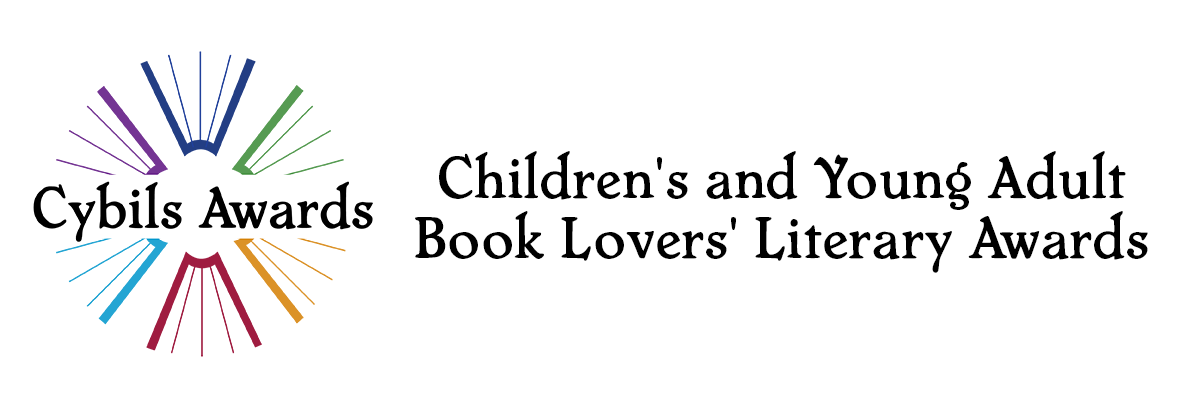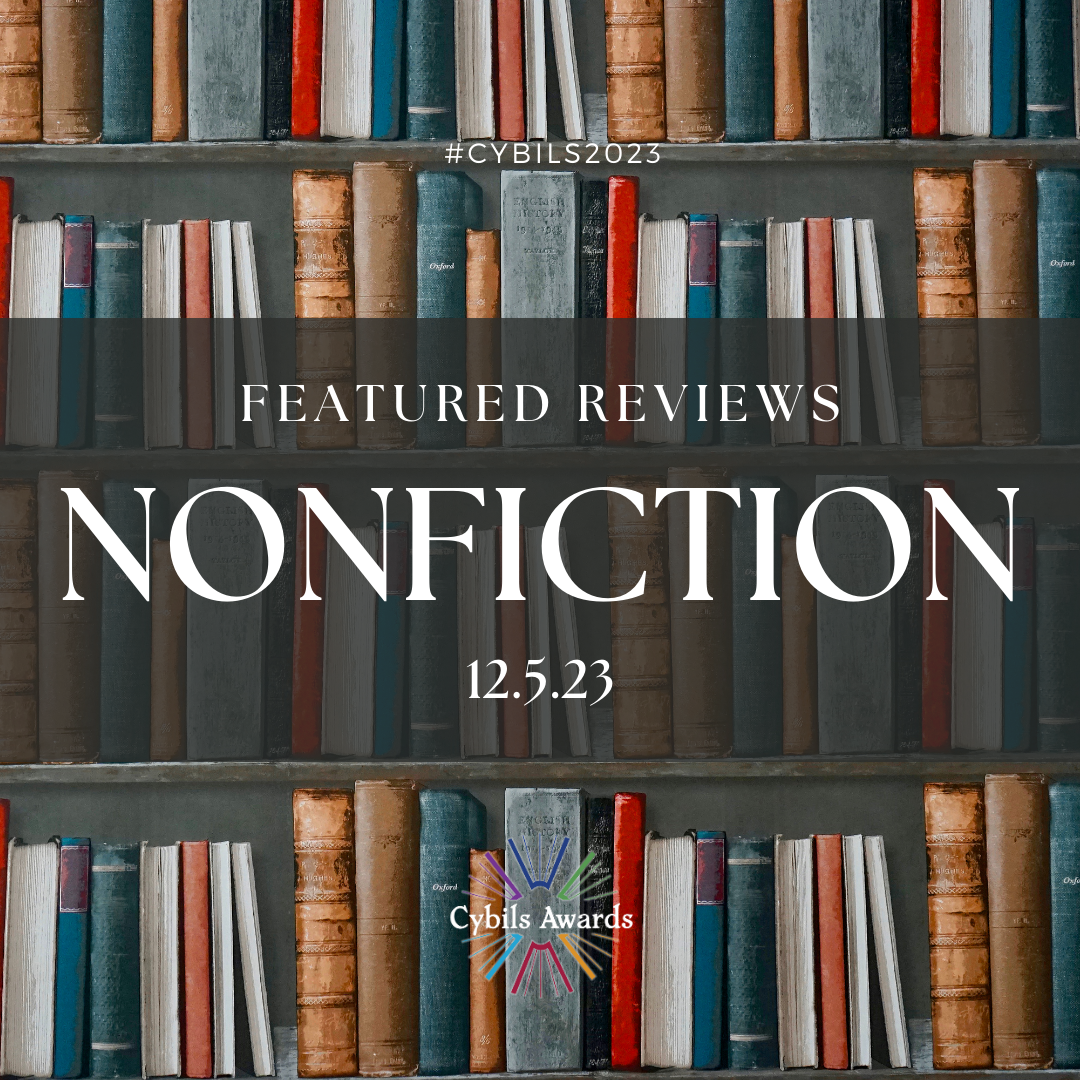Are we late for celebrating Native American heritage? We don’t think so. Here at the CYBILS Awards, we think every day is an opportunity to honor and recognize the life experiences of others and, by extension, learn from those stories.
Today’s selections in corporate history, innovation, athletes, activists, and indigenous culture through biography and hands-on learning.
Does it feel like Deja vu with these books? Sorry about that. It’s not a complete re-run, as we have added a few more books.
Book covers link to Goodreads, where you can add these books to your TBR.
ELEMENTARY NONFICTION

Vanessa Jaramillo (Contributor)
Patricia (Paty) Gualinga grew up in her Kichwa village in the Amazon of Ecuador where mystical beings called Amazanga help protect the forest. Paty traveled away from home for school until she was called back—companies that said the government sold them property were destroying her people’s lands to look for oil. The Kichwa community worked with other Indigenous groups to bring the Ecuadorian government to the Court of Human Rights.
Genevieve @ X/Twitter – A gorgeously arrayed story of how Indigenous people protected their land and beat the government and oil companies. This works for me on so many levels. This nominee would grace any classroom or home.

Charles Bender grew up on the White Earth Reservation in Northwestern Minnesota. John Meyers was raised on the Cahuilla reservation in Southern California. Despite their mutual respect for each other's talents and their shared dedication to Native representation in baseball, the media was determined to pit them against each other.
However, they never gave up on their dreams of being pro baseball players and didn’t let the supposed rivalry created by the media or the racism they faced within the stadium stop them. They continued to break barriers and went on to play a combined total of nine championships.
Gary @ What’s Not Wrong – I’m glad that an important baseball picture book has emerged this spring from author Traci Sorrell and illustrator Arigon Starr. Starr’s comics-style approach to the characters maintains an appealing tone even when the social justice themes emerge that may become challenging to some younger readers. I hope Contenders indicates a trend toward more baseball picture books, especially those that illuminate the game while contextualizing its history.
MIDDLE-GRADE NONFICTION

This wide-ranging STEM offering answers the call for Indigenous nonfiction by reappropriating hidden history. The book includes fun, simple activities and experiments that kids can do to better understand and enjoy the principles used by Indigenous inventors. Readers of all ages are invited to celebrate traditional North American Indigenous innovation, and to embrace the mindset of reciprocity, environmental responsibility, and the interconnectedness of all life.
Karen @ Goodreads – Oh, I got this book from my local public library, but this is going on my Amazon Wishlist aka my holiday gift (for me) guide. I can see readers as young as 9 years old enjoying this book, but it has a lot to offer adults. It’s probably designed for middle grade readers, but too many high schoolers, young adults and fully “grown up” readers do not know this information!
Hilary @ Writers’ Rumpus – This is a fascinating book to read straight through, but also wonderfully browsable by a wide variety of topics, ranging from transportation, to communication, to food technology, to fashion. And from serious to light-hearted: Native North Americans had bridges and aqueducts, but they also had whoopee cushions! The layout of this book is visually appealing and user-friendly, even for the most discriminating middle-grade reader.

Until now, you've only heard one side of the the "discovery" of America told by Christopher Columbus, the Pilgrims, and the Colonists. Here's the true story of America from the Indigenous perspective. From its "discovery" by Europeans to the first Thanksgiving, the story of America's earliest days has been carefully misrepresented. Told from the perspective of the New England Indigenous Nations that these outsiders found when they arrived, this is the true story of how America as we know it today began.
Hilary @ Writers’ Rumpus – This middle-grade historical book has a little bit of everything, for every kind of reader. The characters and their storylines are so well-developed that the reader forms a personal connection to the main character, Little Bird, and her beautiful family. I found it tender and wonderfully reminiscent of one of my favorite middle grade novels, National Book Award Finalist The Birchbark House by Louise Erdrich. The juxtaposition of historical fiction chapters with expository nonfiction ones is powerful and eye-opening. I have not seen another history book for this age group that covers so much of the Indigenous perspective.
HIGH SCHOOL NONFICTION

Since the late 1800s, it has been believed that Native American civilization has been wiped from the United States. The Heartbeat of Wounded Knee argues that Native American culture is far from defeated—if anything, it is thriving as much today as it was one hundred years ago.
The Heartbeat of Wounded Knee looks at Native American culture as it exists today—and the fight to preserve language and traditions. It is is a story of Native American resilience and reinvention, adapted for young adults from the adult nonfiction book of the same name.
Genevieve @ X/Twitter – Finished savoring the Young Readers edition of Heartbeat of Wounded Knee: Life in Native America by David Treuer. Now I certainly need to go buy the adult version as well. This is a book that should be in every library and should be in classrooms everywhere.

Growing up impoverished and shuttled between different households, it seemed life was bound to take a certain path for Eddie Chuculate. Despite the challenges he faced, his upbringing was rich with love and bountiful lessons from his Creek and Cherokee heritage, deep-rooted traditions he embraced even as he learned to live within the culture of white, small-town America that dominated his migratory childhood.
This book is at once a love letter to his Native American roots and an inspiring and essential message for young readers everywhere, who are coming of age in an era when conversations about acceptance and empathy, love and perspective are more necessary than ever before.
Hilary @ Writers’ Rumpus – This is the kind of YA memoir you relish from start to finish—one that makes you feel like you’ve just taken a cozy seat at Chuculate’s kitchen table to listen to him recount stories from his life. This is Chuculate’s American story, and it’s also yours and mine. I enjoyed following his life trajectory from childhood to adolescence, as a budding sports journalist and future award-winning author. His humble, hopeful voice throughout gives this memoir a refreshing and rejuvenating spirit that is easy to love.

